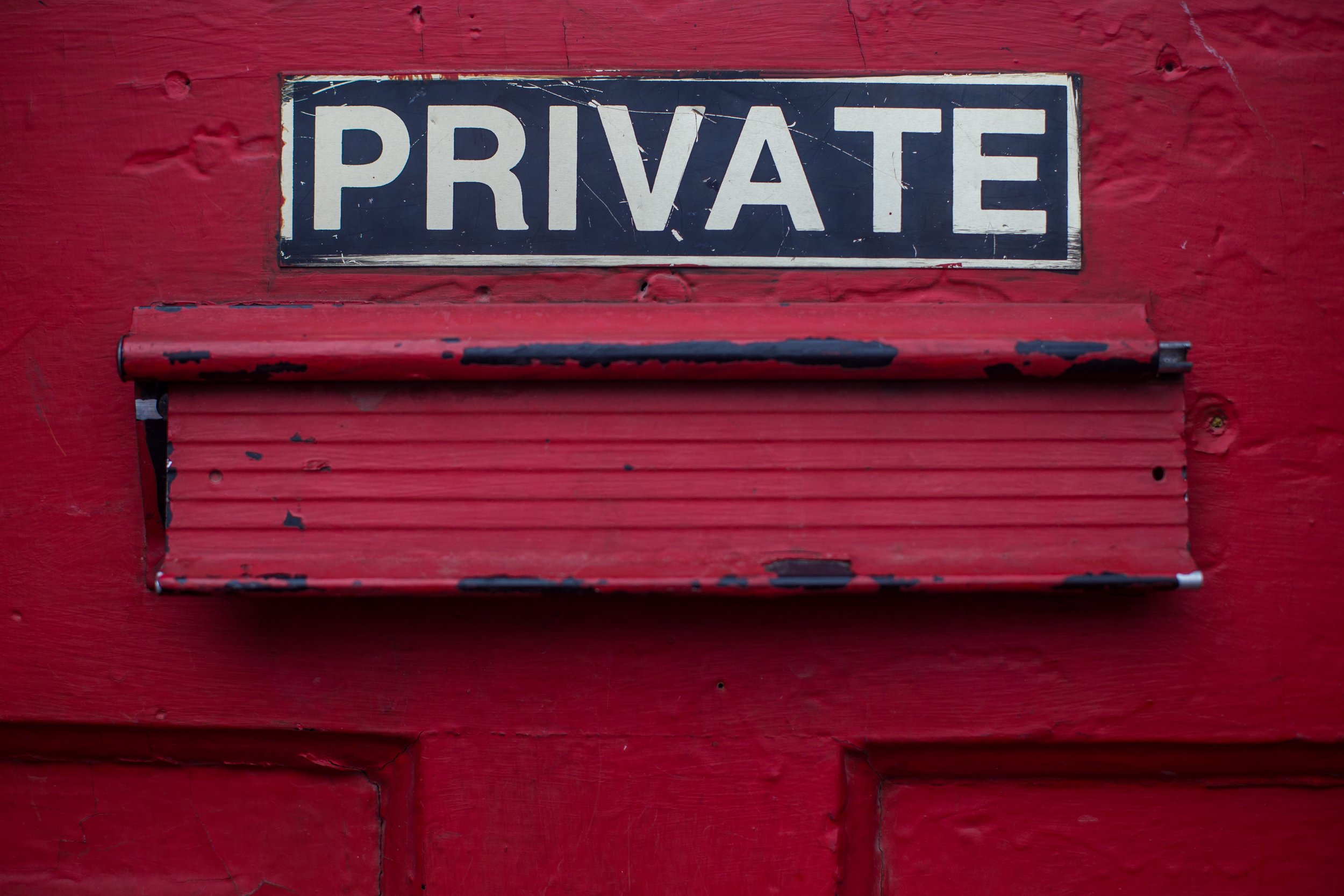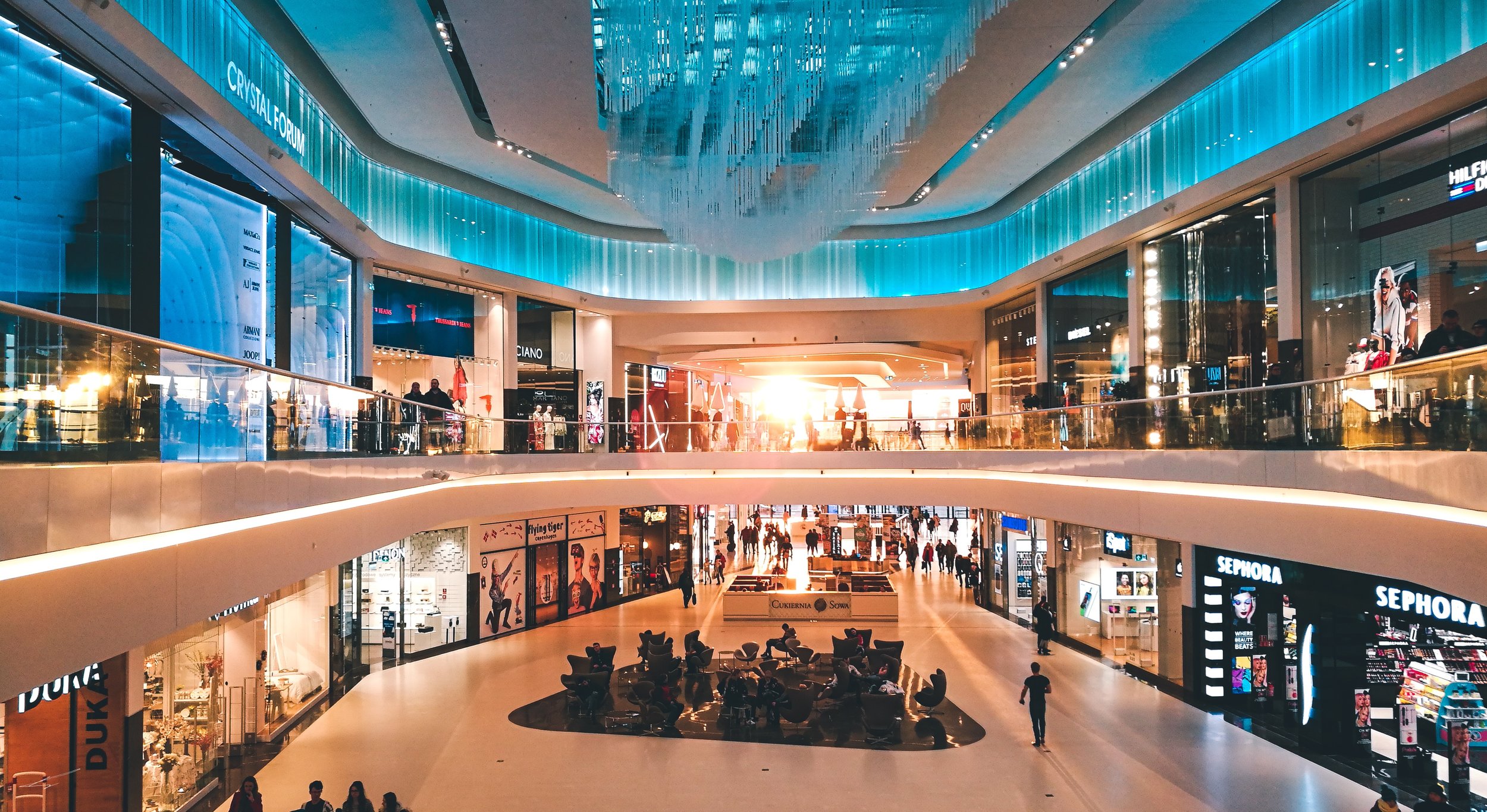From the Lunch & Learn Series: Educate Yourself During Your Lunch Break
Controversy abounds in the political moment in which we now live. That’s why its even more important to distinguish between what is ethical (the process of distinguishing right from wrong) and what is legal (the process of determining right or wrong based on a specific ethical system and then meteing out punishment).
An ethical action may not necessarily be legal, a legal action may not necessarily be ethical. For instance, in our patriarchal society we may say that “a woman who has left her children to go out drinking is bad.” This is our moral judgment against her. But as Jocelyn Pollock notes in her book on ethical decisionmaking, we can think of this moral judgment as the tip of a pyramid.
If forced to defend this moral judgment, we may turn to some norms or rules that we live by, such as “children should be looked after” or “one shouldn’t drink to excess”. These rules attempt to explain our moral judgement (a woman who left her children to go drinking is bad because children should be looked after.) These rules are often codified into law that makes them punishable by the state. For instance, all states in the country make it a crime to neglect the welfare of a minor child.
But what if someone asked “why should children be looked after?” The answer to that question eventually forces one to reveal their ethical system. An ethical system sits at the bottom of the pyramid and informs everything that comes after. For instance, your ethical system may be based on religion. You may believe that God commands one not to drink to excess, or in many religions, not to drink at all. Your ethical system may be based on utlity, i.e. a system that says the greatest good for the greatest number of people is more important than the greatest good for the smallest number of people. A mother that goes out drinking may be having a good time, but under a utilitarian system, by endangering the welfare of her child she is endagering the community at large, and thus her actions are unethical.
The utilitarian system of ethics also highlights how the law is different from ethics. In the wrong hands, the utilitarian system of ethics can justify some truly disturbing or abhorrent actions. Even today, political leaders often justify the genocide of minority populations with the utilitarian notion that eliminating a small percentage of their population will benefit the larger whole.
The law would find such a politcal leader guilty of crimes against humanity, whereas a system of ethics such as utilitarianism, would not.








